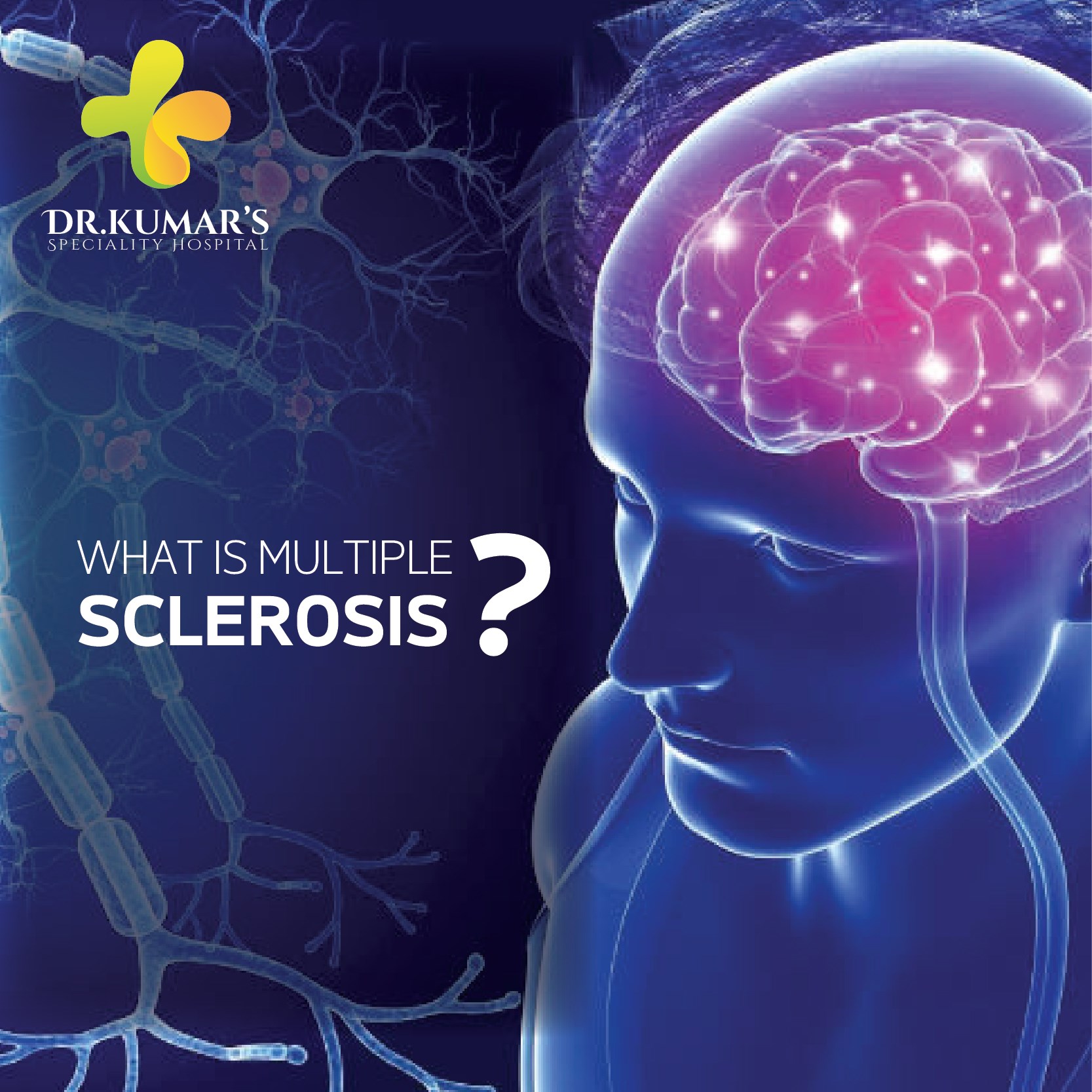
Sclerosis means scarring; it is a disease that damages the nerves in the spinal cord and the brain as well as optic nerves. The disease scars tissues in multiple areas of the body hence the name multiple sclerosis or MS as it is commonly called.
Depending on the area where the tissue is scarred the symptoms may include loss of muscle control, balance, blurred vision, or speech.
Symptoms of MS
Weakness or numbness
MS causes nerve damage, which will result in weakness in the arms and legs, numbness in the limbs, loss of balance and muscle spasms. The patient may show symptoms of frequent tripping or difficulty walking.
Vision problems
When MS affects the optic nerves, it results in vision problems called optic neuritis. This will cause blurred vision, loss of color vision, eye pain or even blindness, usually in one eye. These problems may be temporary and can improve within weeks. A vision problem can be the first sign of MS.
Speech problems
Speech problems are less common than vision problems, but some people with MS will develop slurred speech. This is because MS affects the nerves that carry speech signals from the brain. At times this will lead to trouble swallowing even liquids.
Other symptoms
The toll on mental sharpness, trouble concentrating, mild memory loss, loss of bladder control are all signs of MS. Chronic fatigue also may be a symptom, especially when the patient feels tired even after a good night's sleep.
How MS happens?
MS begins with the body’s own immune system attacking the tissue surrounding nerve fibers in the brain, spinal cord and optic nerves. The disease attacks myelin the fatty covering on the nerves that help them send electrical signals that control movement, speech, and other functions. When myelin is scarred the signals are not properly transmitted hence the problems.
Causes for MS
The causes of MS are still mysterious, but some trends have been identified. MS is common in regions that are further from the equator. Since these areas get lesser sunlight researchers believe that vitamin D deficiency may be involved. Genetics also seems to play a role.
Who are at risk?
MS is twice as common in women as in men. It affects people in all regions and races. The chances of developing the condition range in those right from 20 years to 50 years age group.
Diagnosis of MS
A combination of tests, medical history and neurological examination of the patient is used to diagnose MS. The presence of scar tissue, which shows up in MRI scan, a spinal tap check for abnormalities in the spinal fluid, and a test to detect electrical activity of nerves helps confirm the condition.
Progress of MS
MS may not progress the same way in all the patients. Symptoms may flare up during acute attacks, then improve nearly wholly; this is the relapsing-remitting phase of the most common form of MS.
Next is the primary-progressive phase, which is nothing but the slow and steady worsening stage. Secondary- progressive is that which begins with stage one and then becomes progressive.In the progressive-relapsing phase, the disease steadily worsens. This is the least common stage.
What to expect from MS
People affected with MS mostly live normal and the full lifespan. The condition may make it difficult to get around or do certain tasks, but effective medications, rehab, and therapies, along with assistive devices ensure that people with MS remain active and continue to enjoy life.
